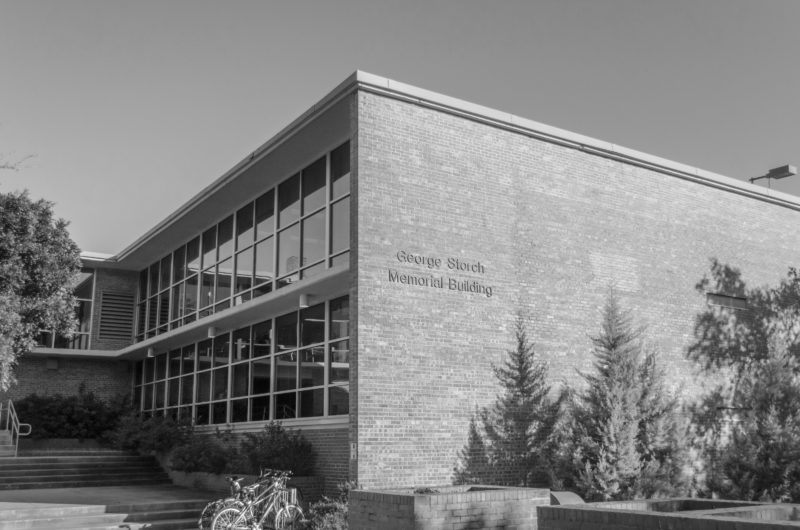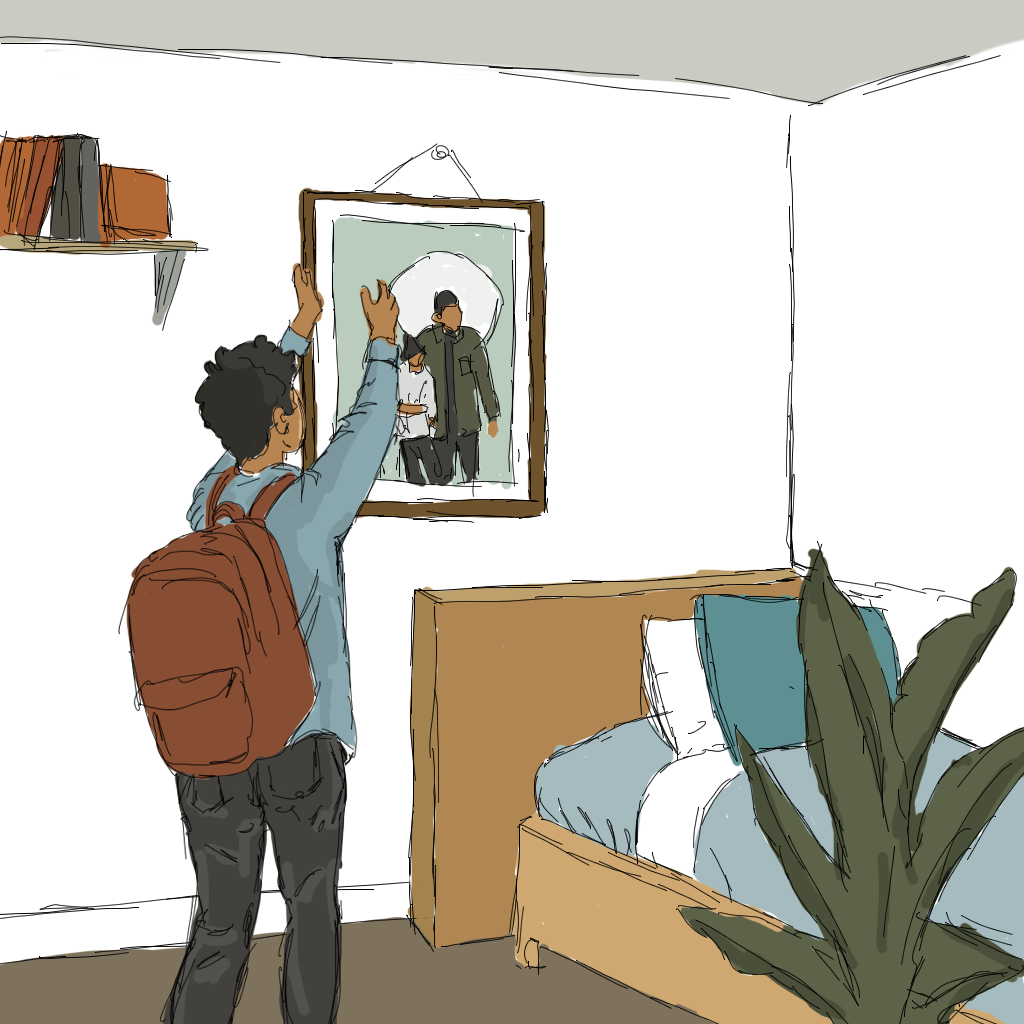To President Danny Anderson and the Campus Master Plan Committee,
We are excited to hear the news that Trinity University is seeking placement on the National Register of Historic Places. We love our unique mid-century modern campus and appreciate that its historic nature is being recognized.
You mention in your email this week to the student body that a historic district designation can benefit Trinity through tax credit opportunities and financial assistance with renovation expenses. However, shouldn’t the greatest benefit of seeking historic designation simply be honoring the architectural legacy left to us by O’Neil Ford? We outline for you here some of the revolutionary, unique and valuable traits of Ford’s original campus plan for Trinity:
Programmatic division between academic and living spaces, celebration of site and letting the “hills design the buildings,” use of the technologically innovative lift-slab building technique (some of the very first buildings in the world to use this technique are here at Trinity), deliberately pushing cars to the edge, emphasizing pedestrian safety and comfort, resistance of hierarchy by means of no main campus axis, landscaping dominated by native plants, buildings oriented with views toward downtown San Antonio, spatializing the whole point of seeking higher education: to go out and make a difference in the world around you.
Several of the stated strategies of the proposed Campus Master Plan directly oppose Ford’s campus planning ideals, namely the establishment of a main campus entrance on Hildebrand Avenue and the creation of a “Living/Learning Corridor” to serve as a North-South axis, stretching the entire length of the campus.
The Living/Learning Corridor directly deviates from the east-west orientation of both the original campus design and the geology of the site. Ford’s plan for Trinity embodies the meandering nature of a liberal arts education and the idea that students create their own path. There is no singular route to completing our liberal arts education, as there is no singular route to or from any campus building. That’s the joy of moving through Trinity’s campus.
We do acknowledge that campuses evolve and it’s important to keep buildings up-to-date. However, you do not need to gut the interiors of buildings to do so, and you definitely do not need to “remodel” exteriors beyond recognition, as what happened with the demolition of the original Northrup Hall in the early 2000s. There are ways to design sensitively to Trinity’s historic precedent, including preserving Lynn Ford’s stunning woodwork and Martha Mood’s distinctive lighting fixtures and pottery.
In addition to seeking placement on the National Register of Historic Places, we propose Trinity seek a local Historic District designation through the San Antonio Office of Historic Preservation. Doing so will guarantee that no O’Neil Ford building within the campus historic district be demolished or altered significantly, and any new construction would also have to be approved by San Antonio’s Historic and Design Review Commission.
President Anderson, we quote your email: “The Campus Master Plan process helped to reinforce the historic nature of our campus and Trinity’s duty to honor the legacy of O’Neil Ford’s architecture and our significant collection of mid-century modern buildings.” Well, we believe that if you truly mean to honor Ford’s philosophy of design, you must practice what he preached. This means resisting axial hierarchy, maintaining the programmatic division between living and learning at the escarpment, and preserving the important downtown vistas. It’s more than just red brick.
As students and alumni of this university, we hope our voices are heard. Thank you for your hard work and dedication to this important project.
Respectfully,
Anne Ferguson, Larsen Andrews, Julia Torres, Briauna Barrera, Mackenzie Hill, Camilla Manca, David Deming, Andrew Sander, Claire Rettenmaier, Melissa Loseff, Ottilia Willis, Cassandra Watson, Evan Epps, Lorene Sugars, Alexandra (Sasha) Faust, Joseph Khalaf, Joyce Palmer, Davis Stubblefield, Katie Middleton, Elizabeth Celentano, Cady Wills, Shivani Parmar, Chloe Campo, Kaylee Krambeck, Sophie Wikstrom, Khaniya Russell, Molly Field, Peyton Wionzek, Katherine Jones, Monica G. Baez, Alec Ferguson, Sarah Thorne, Samuel Simoneau, Emma Lichtenberg, Sidney Hopkins, Willa Rubin, Megan Allen, Michael Miller, Brendan Powers, Sarah Haley, Maggie Milam, Emily Wood, Derek Hudson, Mia Olea Garza, Lauren Harris, Faith Byrne, Susan Griffith, Kassie Kelly, Julia Grace Palmer, Anna Thill, Sarah Collins, Cheyne Minto, Georgie Riggs, Jeanette Gutierrez, Evan Chambless, Cynthia Alvarez, Mollie Patzke, Jordan High, Grace Frye,Emily Peter, Elizabeth Metzger, Claire Burrus, Casandra Lomeli, Bailee Manzer, Olivia Roybal, Isaiah Mora, Kara McLean, Yvette Peà±a, Elizabeth Sanchez, Glenn Wright, Marcella Reyes, Jessica Jennings, Cole Murray, Celeste Macias, Megan Medrano, Molly Lenihan, Benjamin Gonzalez, Diana Chavarria, Alyssa Reinard, Paola Cobos, Heidi Krause, Erin Roberts and Clarissa Castaà±eda.






